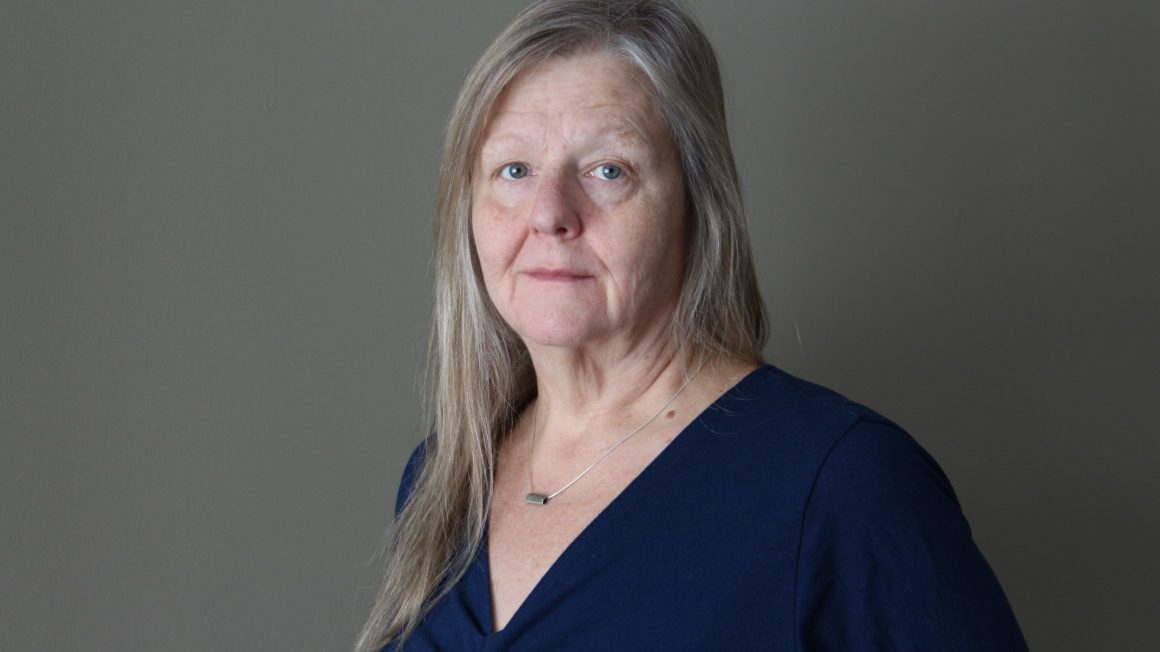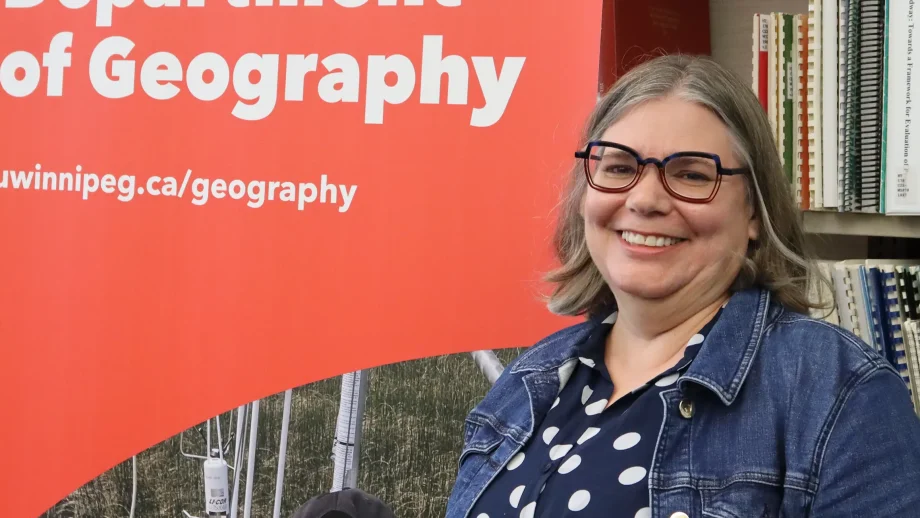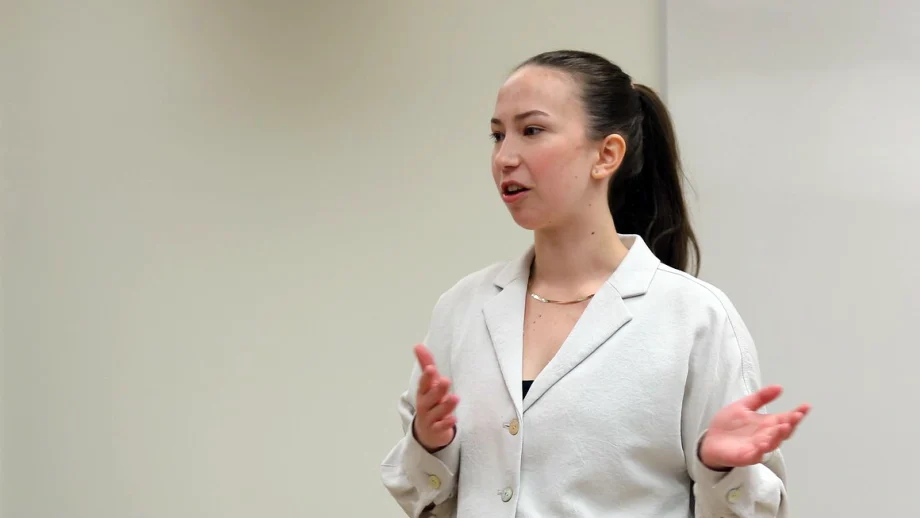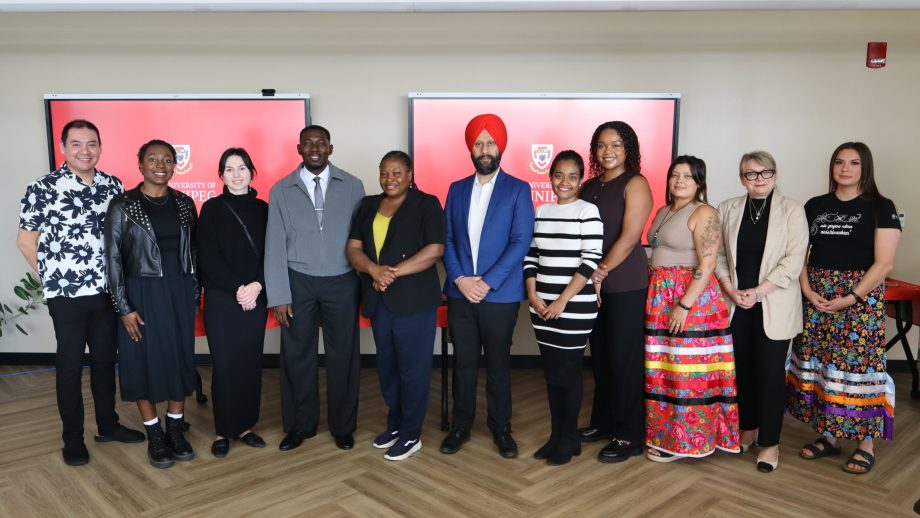What is the history of Winnipeg’s North End?
On June 21, National Indigenous People’s Day, at the Ukrainian Labour Temple, UWinnipeg postdoctoral fellow Dr. Anne Lindsay and Manitoba Museum curator Maureen Matthews will dive into the backstory of the Luxton neighbourhood and explore the “fascinating and fabulous” history of one of the areas most integral to shaping our city. The talk, titled “Walking Along A Few of Luxton’s Paths Through Indigenous History,” is part of a speaker series presented by and celebrating the 100th anniversary of Pollock’s Hardware Co-op.
In part, the aim for Lindsay and Matthews is to give insight into the far-reaching diversity of history in Winnipeg.
“A lot of times the histories that we do get about the North End focus on post-contact and particularly immigration history and women’s history, maybe some public health history,” said Lindsay. “But the history in that area and the interactions between people, the intersections, the relationships, those go back, archaeologists tell us, thousands of years.”
Part of Lindsay’s talk, in particular, will centre on several of the Indigenous people who are buried in the cemetery at St. John’s Cathedral. It is familiar research for Lindsay.
The history in [the North End] and the interactions between people, the intersections, the relationships, those go back, archaeologists tell us, thousands of years.
Dr. Anne Lindsay
Beyond her past work with the Truth and Reconciliation Commission and the National Centre for Truth and Reconciliation Lindsay is working with the Manitoba Indigenous Tuberculosis History Project. In both of these contexts, she has, for a long time, assisted individuals, families, and communities who want to uncover information about lost loved ones. Often that has included researching and discovering burial sites. Lindsay noted Edith Rogers, the first woman elected to the Manitoba legislature, and daughter Margaret Konantz, the first woman sent from Manitoba to the House of Commons, as among those buried at St. John’s Cathedral. Both were descendants of the influential Christie fur trade family.
“[St. John’s Cathedral] was a part of the connection between a lot of Indigenous and non-Indigenous people in the area,” said Lindsay. “Even after they and their families left the area, the Cathedral continued to be a place they were connected with and connected to. The cemetery itself is a really good reminder of not just the area’s Indigenous history but the area’s connection to many Indigenous people who were movers and shakers in Manitoba’s and Canada’s history.”
In addition, the talk will foreground the importance of Indigenous history and the history of interactions, diversity, exchanges of ideas, and cultural exchanges that make up the fabric of the North End’s history.
Meaningful to Lindsay about the opportunity to speak about the history of the North End is the chance to connect with those in the community and hear their questions. That’s not to mention it’s an opportunity for Lindsay, too, to learn from those who have lived or currently reside within the neighbourhood.
Being able to have this discussion and highlight the history of the North End in the midst of National Indigenous History Month, and more specifically on National Indigenous Peoples Day, is a reminder that Indigenous history is far reaching, said Lindsay. But it’s also important, she added, to recognize Indigenous history does not merely concern events of the decades, centuries, or millennia prior to the present day.
“I don’t want to give the impression that Indigenous history is something past,” said Lindsay. “The area’s Indigenous history is something that is always being made.”
Lindsay and Matthews’ talk is free to the public. Doors to the Ukrainian Labour Temple, located at 591 Pritchard Ave., open at 6:30 pm. The lecture begins at 7:00 pm following an opening prayer. Visit Eventbrite for more information.





